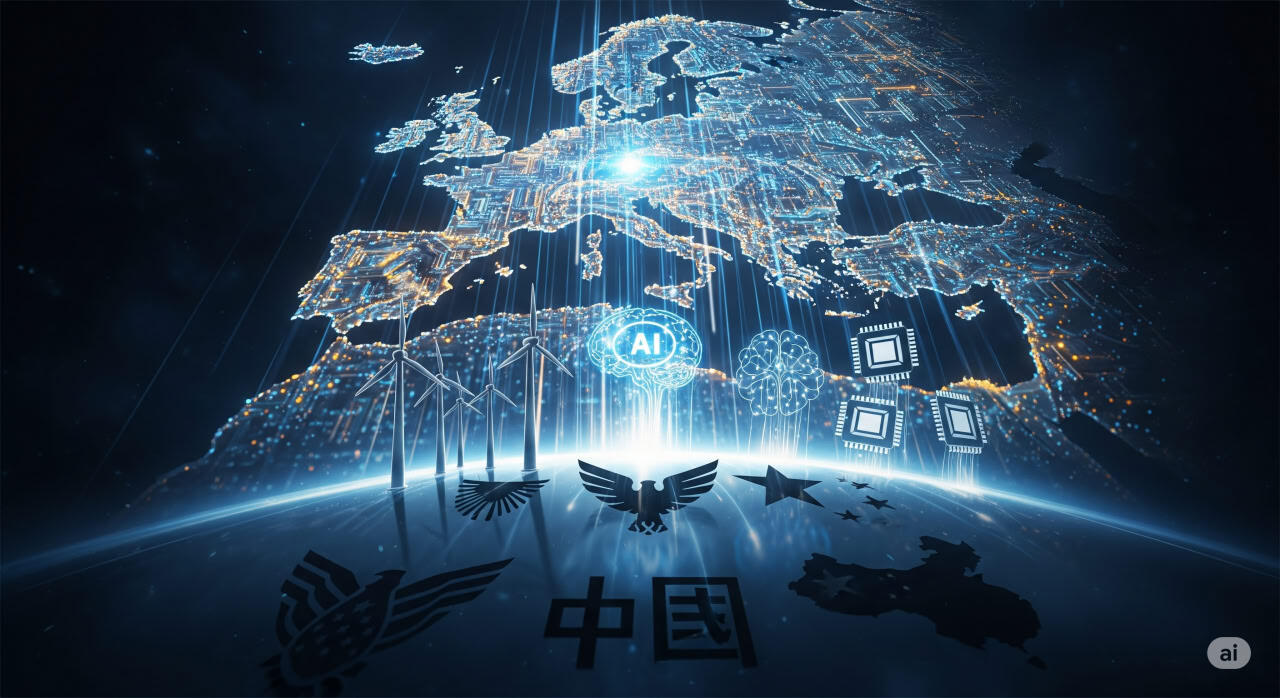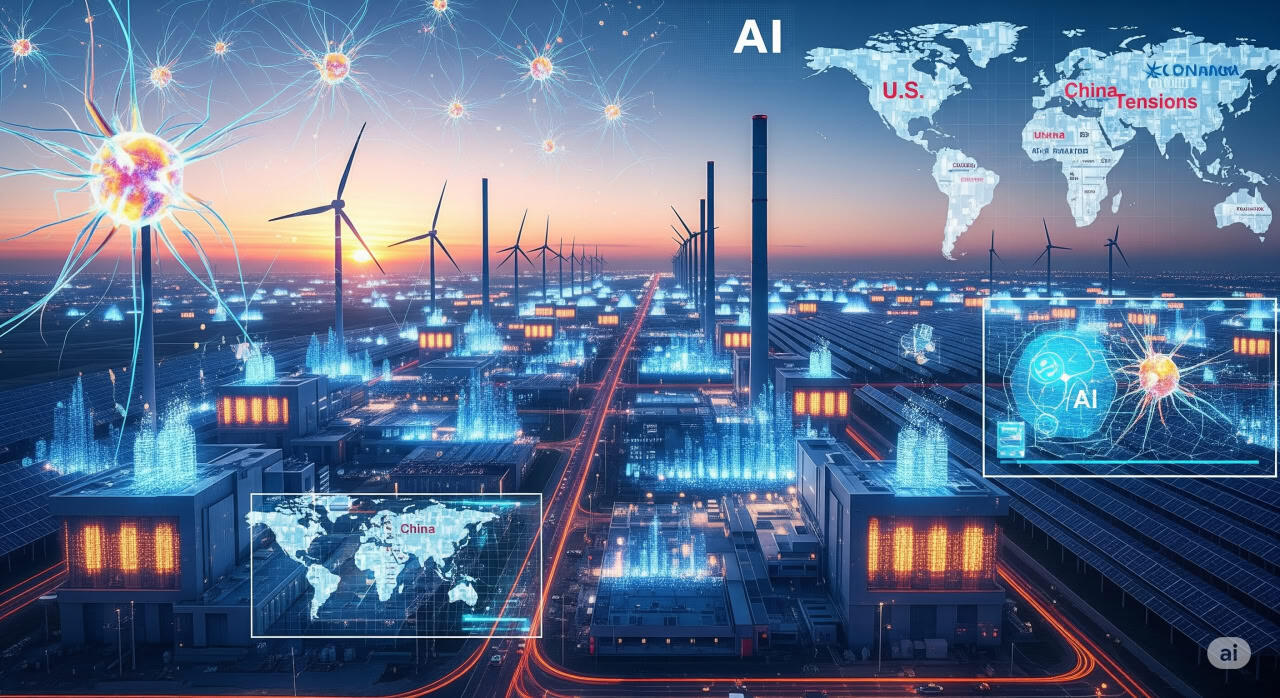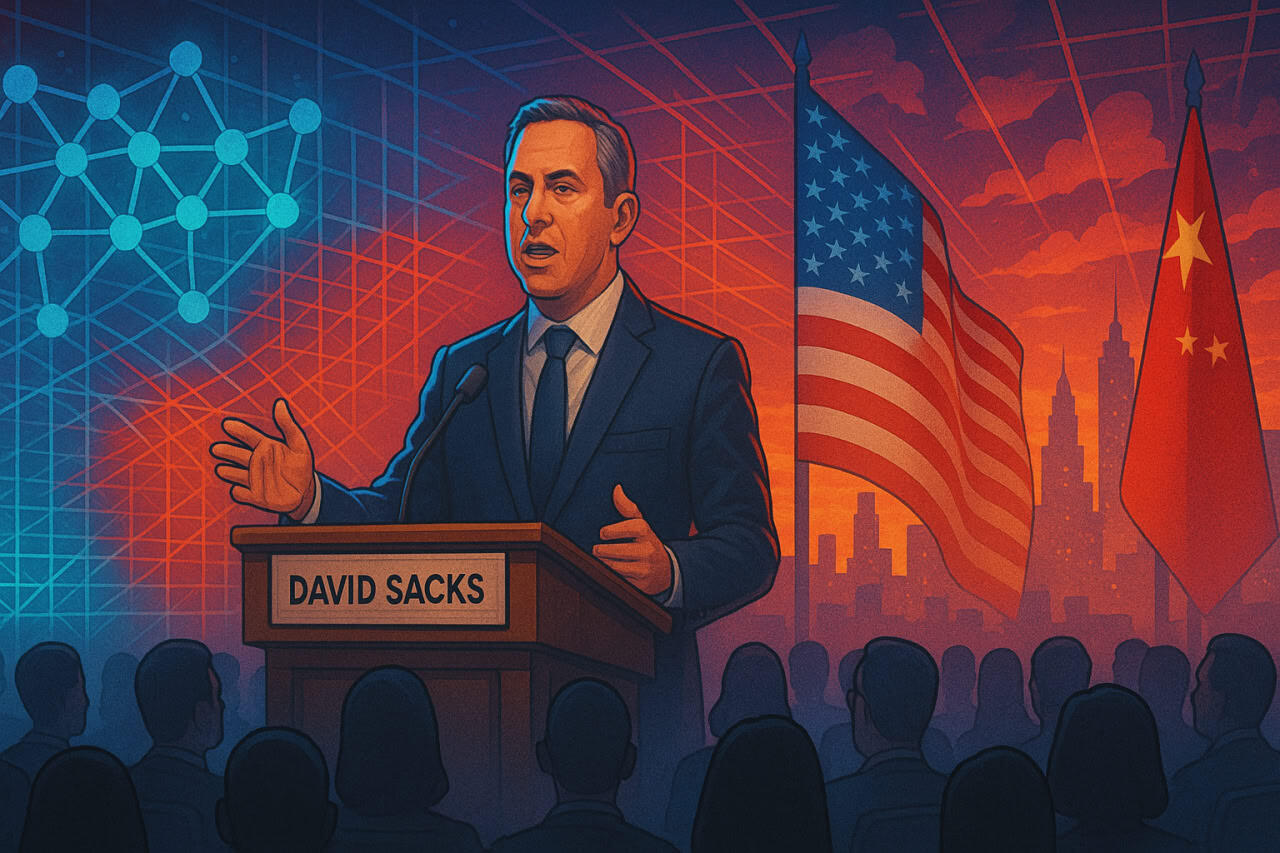Humanoid Robots Are Poised to Revolutionize Our World: A Conversation with Figure’s Brett Adcock

Imagine waking up to the soft hum of a robot unloading your dishwasher, folding laundry, or even walking your dog—all while you sip your morning coffee. It sounds like something out of a sci-fi novel, doesn’t it? But according to Brett Adcock, the founder and CEO of Figure, this isn’t some distant dream. It’s happening right now, faster than most of us realize. In a recent episode of the Moonshots podcast, hosted by Peter Diamandis, Adcock shared his journey from building electric aircraft to pioneering humanoid robots. As someone who’s followed the tech world for years, I couldn’t help but feel a mix of excitement and unease listening to him. On one hand, the potential for these machines to free us from mundane tasks is thrilling. On the other, what does it mean for jobs, society, and even our daily human interactions?
Adcock’s story is a testament to the breakneck pace of innovation in AI and robotics today. But to truly appreciate where we’re headed, it’s worth stepping back for a bit of historical context. The idea of humanoid robots dates back to ancient myths—like the Greek tale of Hephaestus crafting mechanical servants—but it really took off in the 20th century with writers like Isaac Asimov, who coined the “Three Laws of Robotics” in his 1942 short story “Runaround.” Those laws were meant to ensure robots served humanity safely, a concern that feels more relevant than ever. Fast-forward to the 1960s, when the first industrial robots appeared on factory floors, like Unimate, which General Motors used for welding. Yet, for decades, robots remained clunky, specialized machines—think assembly-line arms, not walking, talking companions. The geopolitical angle adds another layer: Today, nations like China and the U.S. are locked in a race for AI dominance, with humanoid robots seen as key to addressing labor shortages amid aging populations. In the U.S. alone, the baby boomer retirement wave is exacerbating workforce gaps, while globally, the UN projects a shrinking labor pool by 2050. Could robots fill that void, or will they spark new tensions over economic inequality?
From Flying High to Groundbreaking Robotics: Adcock’s Bold Leap
Adcock isn’t new to ambitious ventures. Before Figure, he founded Archer Aviation, a company developing electric vertical takeoff and landing (eVTOL) aircraft—essentially flying taxis. Archer went public and achieved milestones that would make any entrepreneur proud. So why pivot to humanoid robots, arguably one of the toughest fields in tech? As Adcock explained to Diamandis, it boils down to giving artificial general intelligence (AGI) a physical form. “We really need to figure out a way to give AGI a body,” he said. Without it, AGI might remain trapped in servers, relying on humans to act in the real world—a scenario Adcock views as potentially dystopian.
This isn’t just philosophical musing. Humanoid robots, designed to mimic our shape and movements, could deploy AGI in ways no other platform can. Unlike specialized bots (say, a vacuum cleaner or a factory arm), a humanoid needs no hardware tweaks to switch tasks—from cooking to construction. And from a neural network perspective, it’s ideal: One foundational model can learn across endless applications through transfer learning. Adcock’s vision aligns with broader trends in AI, where companies like OpenAI and Google are pushing toward AGI. But Figure stands out by focusing on embodiment, betting that the real breakthrough happens when intelligence meets mobility.
What struck me most was Adcock’s timeline. From filing Figure’s incorporation papers in 2022, his team had a walking robot in under a year. Now, just 31 months in, they’re shipping units to clients like BMW. That’s not just fast—it’s warp speed for hardware, where iteration cycles often drag on for years. Adcock credits a relentless design philosophy: “The first or second generation hardware is always going to suck,” he quipped, drawing parallels to the original iPhone. Figure rolls out new platforms every 12 to 18 months, fully vertically integrated because, as he noted, there’s no off-the-shelf supply chain for humanoid parts. Motors, sensors, batteries—everything is custom-built in their factory, from kinematics to AI software.
Assembling a Dream Team: Culture, Commitment, and Moonshot Ambitions
Building such complex tech requires more than ingenuity; it demands an elite team. Adcock has assembled what he calls “one of the world’s greatest” groups of engineers from robotics and AI fields. Many hail from top firms, drawn by his pitch: Full funding from his own pocket initially (he burned through a million dollars a month in the first six months), no short-term financial risks, and a shot at creating the “iPhone moment” for humanoids.
But it’s the culture that seals the deal. Figure isn’t your typical Silicon Valley setup with remote work and ping-pong tables. “You have to work every day in the office, five to seven days a week,” Adcock said, emphasizing a shared vision over one-on-one meetings. This intensity echoes SpaceX’s ethos under Elon Musk, where long hours fuel breakthroughs. Diamandis, a proponent of “massive transformative purposes,” nodded along, highlighting how aligning teams around a clear mission drives success.
Reflecting on this, I wonder: Is this grind sustainable, or does it risk burnout? In an era of work-life balance debates, Figure’s approach feels refreshingly honest—it’s not for everyone, but for those onboard, the dopamine hit comes from shipping revolutionary products. And ship they have: Robots are already in BMW’s Spartanburg plant, handling sheet metal autonomously at human speeds, 24/7. A second major logistics client followed suit, with tasks learned in under 30 days thanks to AI advancements.
Breaking Barriers: AI, Generalization, and the Path to Homes
At the heart of Figure’s progress is Helix, their in-house AI model—a vision-language-action system that’s rewriting robotics rules. Early on, Figure partnered with OpenAI, but Adcock made a pivotal shift last year: Build everything internally. Why? To solve three unprecedented challenges: Hardware that matches human dexterity without failing, neural nets that ingest and imitate human data, and generalization—where robots handle novel tasks via speech alone.
Helix demonstrates this in a demo that’s both mesmerizing and a tad eerie. Two robots, prompted simply to “put the groceries away,” collaborate seamlessly. They’ve never seen these items before—no bananas, bread, or canned goods in training data—yet they figure it out, even “looking” at each other for coordination. Emerging behaviors, like nodding during handovers, hint at how these machines might integrate into human spaces. “This is probably the most important AI update for robotics in human history,” Adcock claimed boldly. Hyperbole? Maybe, but consider the implications: Robots powered by AI agents could soon move everything from cars to coffee makers.
For factories, the payoff is immediate. With a global GDP tied to human labor at $50-60 trillion, Figure’s total addressable market is staggering. Adcock envisions leasing robots for $20,000-$30,000, or about $300 monthly—cheaper than a car payment, with no breaks or complaints. In workforce settings, demand is “unbounded,” he said, citing demographic shifts like retiring boomers and job shortages in manufacturing and logistics.
The home front is trickier, akin to self-driving cars navigating chaotic cities versus highways. Safety is paramount—robots can’t topple candles or harm kids—and every household is unique. Yet, Adcock is optimistic: Alpha testing in engineers’ homes could start this year, with full deployment this decade. “We’re data-bound now,” he explained. Scale up training data by orders of magnitude, and robots might handle hours-long tasks via voice commands alone.
Geopolitically, this could reshape economies. In aging societies like Japan or Europe, humanoids might sustain productivity. But in developing nations, they could displace workers, widening global divides. And amid U.S.-China tech rivalries, whoever masters embodied AI gains an edge in everything from military to elder care.
Looking Ahead: Promises, Perils, and a Robotic Future
As the conversation wrapped, Adcock teased Figure 3: A sleeker, 90% cheaper iteration with neural-net-optimized hands and sensors, entering production this year. It’s a far cry from the wiry Figure 1, promising mass adoption. But amid the hype, human concerns linger. Will these robots exacerbate inequality, or usher in abundance? Adcock sees the latter—a world where we reclaim time for family, creativity, and joy. “I wake up every morning and help unload the dishwasher… I never want to do any of that ever again,” he laughed.
Listening to him, I’m torn. The freedom sounds liberating, but what about the soul-numbing jobs that vanish? Or the ethical quandaries of AGI in bodies? Diamandis, ever the optimist, reminded us that science and tech are the real news worth following, far from the media’s negativity bias. He’s right: Innovations like Figure’s could transform humanity for the better.
In the end, Adcock’s moonshot isn’t just about building robots—it’s about redefining what it means to be human in an AI-augmented world. Whether in factories or living rooms, humanoid robots are closer than we think. The question is, are we ready?




The conversation with Brett Adcock really highlights how quickly humanoid robots are moving from concept to reality. I think the real challenge will be finding the balance between automating repetitive tasks and preserving meaningful human work. It’s fascinating to see how ideas once confined to science fiction, like Asimov’s Three Laws, are now part of real-world discussions about ethics and safety in robotics.
While the vision of robots doing our chores is appealing, the bigger conversation seems to be around what this means for the workforce. Are we ready for the shift in labor dynamics that’s coming?